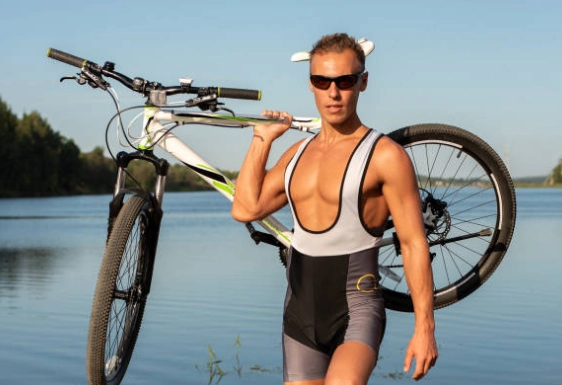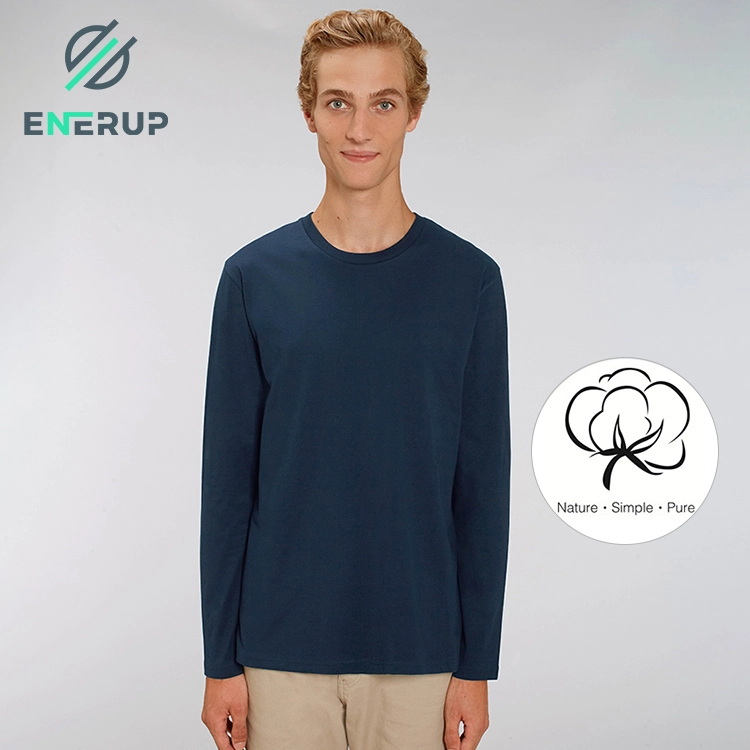When professional cyclists hit the road, their jersey becomes a dynamic canvas that reflects their grit, determination and unwavering passion for the sport. These jerseys are more than just apparel; They are statements of identity, symbols of excellence and key figures in their pursuit of victory. In this fascinating exploration, we delve into the world of professional cycling jerseys to uncover the secrets behind their design, functionality and undeniable appeal. Join us as we uncover the fascinating story behind this cycling jersey that has captured the attention of athletes and enthusiasts alike.
In professional cycling, the jersey a rider chooses to wear is more than just a colorful piece of fabric. It’s a powerful logo that makes them stand out from the main car crowd, catching the eyes of onlookers with their eye-catching design and bold graphics. The visuals of a cycling jersey are carefully designed to make a statement – whether it’s showcasing a team’s sponsor, demonstrating national pride, or highlighting personal achievements. Every line, curve and color choice conveys a story of courage, teamwork and the pursuit of greatness.
Beneath the dazzling exterior lies a carefully designed garment designed to enhance the performance of professional cyclists. These jerseys are constructed using cutting-edge technology to ensure optimal aerodynamics, moisture management and comfort during the toughest matches.
Professional cyclists strive to move through the air with minimal resistance, and every aspect of their clothing plays a role in achieving this goal. The jersey uses advanced aerodynamic principles to create a stylish, form-fitting design that follows the contours of the rider’s body. Carefully designed paneling, streamlined sleeves and a low-profile collar minimize drag. This allows these athletes to generate maximum speed while expending minimum energy. With every pedal stroke, the jersey becomes an ally in the pursuit of efficiency and speed.
History of cycling jersey
With the continuous development of cycling clothing technology, cycling clothing has become more advanced and professional in both design and materials used. The following sections look at the history and current state of cycling jerseys, and how they have evolved to meet the needs of modern professional cycling.
Cycling jerseys of the past
The development of cycling jerseys can be traced back to the early days of cycling, when riders wore heavy and uncomfortable wool jerseys. As cycling gained popularity in the early 20th century, manufacturers began experimenting with new materials and designs to improve jersey comfort and performance. In the 1950s, synthetic fabrics such as polyester and nylon were introduced. This provides a lighter, more breathable alternative to traditional wool knitwear.
As the sport continues to evolve, so do cycling jerseys. The introduction of aerodynamics as a key element of game performance led to the development of tighter jerseys. Its streamlined design and textured fabric reduce drag. Bright colors and bold designs also became popular to ensure visibility on the road and add style to the movement.
Modern cycling jerseys
Today, cycling jerseys are specifically designed to enhance a cyclist’s performance. Manufacturers use advanced materials and technologies to create jerseys that are lightweight, moisture-wicking and aerodynamic. Synthetic fabrics such as polyester and spandex are often used, with additional features such as mesh panels for improved breathability and UV protection to protect the rider from harmful sunlight.
One of the most important technological advancements in cycling jerseys is the use of advanced aerodynamic fabrics and designs. These jerseys are made from textured, dimpled or ribbed fabrics that control airflow around the rider, significantly reducing drag. Additionally, seamless construction technology is used to create a sleek, form-fitting design that reduces wrinkles and surface friction. This further minimizes aerodynamic drag and maximizes performance.
Another key element of a modern cycling jersey is its moisture-wicking capabilities. Sweat-wicking fabrics like polyester and merino wool wick moisture away from the skin and transfer it to the outer surface of the jersey, allowing it to evaporate quickly. This feature helps regulate body temperature and prevent discomfort caused by sweat accumulation during strenuous exercise.
Cycling jerseys also incorporate other features to enhance comfort and performance. These include compression elements that provide targeted muscle support and improve circulation, padding in key areas to reduce chafing and prevent saddle sores. There are also reflective materials that improve visibility and safety in low-light conditions.
How do cycling jerseys improve player performance?
Cycling apparel plays a vital role in improving a cyclist’s performance and is designed based on a number of principles aimed at improving aerodynamics, comfort and overall race performance. From reducing drag to controlling moisture and enhancing muscle support, cycling apparel incorporates advanced technologies and materials to give cyclists every possible advantage. In this comprehensive discussion, we’ll explore the key principles behind how cycling apparel can help cyclists improve their race performance.
Aerodynamics
Aerodynamics is one of the main principles guiding the design of cycling jerseys. The interaction between a cyclist’s body and the surrounding air can significantly affect their speed and energy expenditure. Cycling jerseys, bib shorts and tights are engineered to minimize aerodynamic drag and enhance airflow around the rider’s body. By featuring a sleek, form-fitting design and using smooth, windproof materials, the cycling jersey reduces air resistance, allowing cyclists to easily maintain higher speeds.
Seam placement and fabric selection
Strategic placement of seams and selection of high-performance fabrics are the basis for improved aerodynamics. Seamless construction and the use of advanced aerodynamically optimized materials reduce turbulence and drag, creating smoother airflow over the cyclist’s body. Additionally, a combination of textured fabrics and innovative surface treatments further control airflow to minimize drag, ultimately helping to improve race performance.
Moisture Management
Cycling jerseys are designed to effectively manage moisture and regulate body temperature for improved comfort and performance. Advanced moisture-wicking fabric effectively transports sweat from the skin to the outer surface of the garment, where it quickly evaporates. This moisture management feature helps cyclists stay dry, cool and comfortable, even during strenuous exercise and varying environmental conditions. By maintaining optimal body temperature and reducing humidity-related discomfort, cyclists can focus more on their race strategy and performance without being hampered by physiological distractions.
Muscle support and compression
Cycling apparel often contains compression elements to provide targeted muscle support and enhance blood circulation. Compression garments can better deliver oxygen to working muscles, reduce muscle oscillations, and reduce muscle fatigue during long rides or races. Compression technology improves endurance and overall performance by stabilizing key muscle groups and promoting efficient energy transfer. Additionally, the supportive nature of compression garments facilitates faster post-race recovery, allowing cyclists to maintain peak performance throughout the season.
Fit and comfort
The fit and comfort of your cycling apparel are key factors in improving your race performance. Garments are tailored to provide a close anatomical fit, minimizing excess fabric and potential flow. This reduces drag and maintains aerodynamic efficiency. Additionally, the use of ergonomic paneling and stretchable materials ensures unrestricted movement and maximizes comfort, allowing the rider to adopt the optimal riding position and pedaling with greater efficiency. By minimizing discomfort and distraction, well-fitting and comfortable cycling clothing allows cyclists to focus on their performance and push their limits without unnecessary hindrance.
Visibility and safety
Cycling apparel is also designed to improve cyclist visibility and safety, especially in low-light conditions. Reflective elements and strategically placed visibility aids on the jersey, shorts and accessories enhance the rider’s presence on the road. This significantly reduces the risk of accidents and improves overall safety during training rides and competition events. By prioritizing visibility, cycling apparel helps provide a safer, more confident riding experience. Allowing cyclists to focus on their racing goals without compromising safety considerations.
In summary, the cycling jersey helps cyclists improve their race performance through a combination of aerodynamic advancements, advanced moisture management, muscle support and compression, optimal fit and comfort, and enhanced visibility and safety features. By incorporating these principles into the design of cycling jerseys, bib shorts, tights and accessories, manufacturers strive to give cyclists the technical and performance advantages they need to excel in competitive cycling. As the sport continues to evolve, cycling jerseys will undoubtedly play an increasingly crucial role in helping cyclists realize their full potential and reach new heights in competition.
So why not browse ENERUP’s cycling clothing category and pick out a jersey that’s perfect for you?












